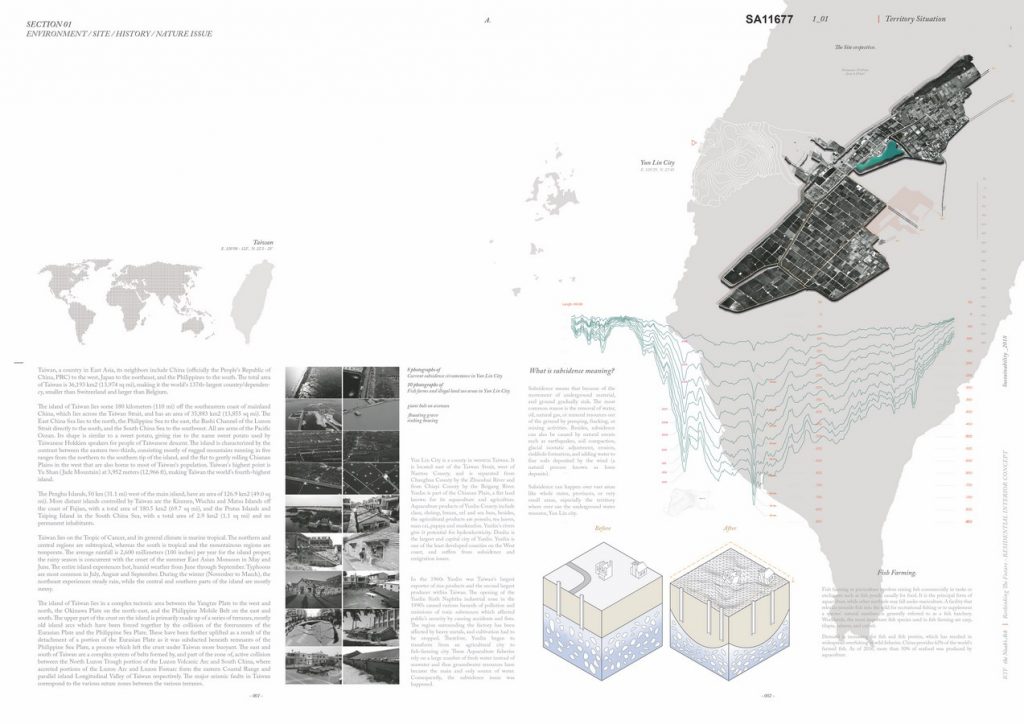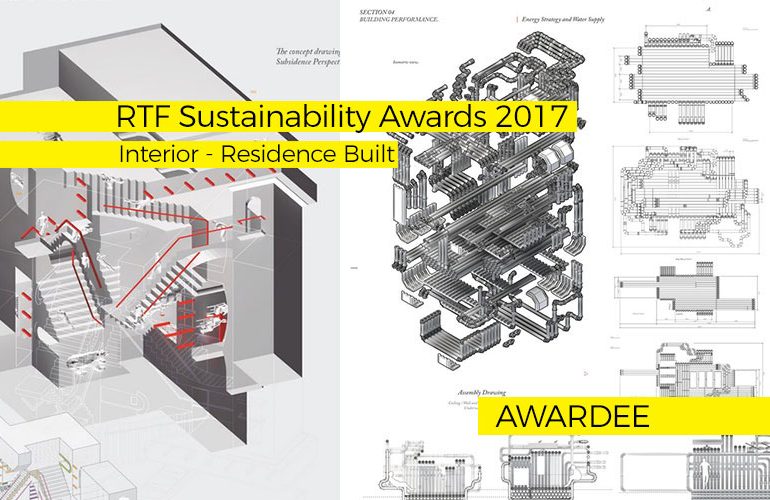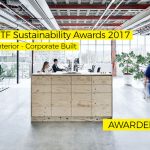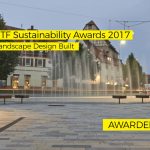The project aims to discover the heartbreaking truth and history via mapping and research. Besides, the specific design especially reusing the thousand tons of disused pipes from the exhausting underground water system could be the most practical solution facing the local sustainability issues.
RTF Sustainability Awards 2017
First Award | Category: Interior – Residence
Architect: Li-Wei Kuo
University: The Bartlett / Royal College of Art (United Kingdom)
Country: United Kingdom

In the 1960s Yun-Lin was Taiwan’s largest exporter of rice products and the second largest producer within Taiwan. The opening of the Yunlin Sixth Naphtha industrial zone in the 1990’s caused various hazards of pollution and emissions of toxic substances. The surrounding regions has been affected by heavy metals, and cultivation had to be stopped. Therefore, Yun-Lin began to transform from an agricultural city to piscatorial city. These Aquaculture fisheries rely on tons of fresh water instead of seawater and thus groundwater resources have became the main and only source of water. Over the past 20 years, due to the continuous abuse of groundwater by factories and local fish farmers, Yunlin City has sunk nearly 900 cm. The sinking has caused a phenomenon where houses quite suddenly collapse into the fishing holes destroying the house and causing casualties. These houses and their residents cannot be found as the holes can drop almost meters deep. This phenomenon has already killed almost 2,000 people. The industrial organisation bribes the local government to continue supporting their scheme and convince people that the sinking was an “unavoidable natural disaster” as earthquakes. Besides spreading such rumours, the media has also gradually turned to ignore the issue and residents who are old cannot relocate due to a lack of resources and poverty. To this date this problem persists and is not exposed or resolved. Under these circumstances, this project approaches subsidence to investigate other possible water-scenarios and how the city can become resilient to the urgent situation.

Oyster aquaculture, however, is the most sustainable fishing industry comparing to cultivate another species such as tilapia, tuna and salmon. It dose not need a great amount of pure water resource from underground strata to sustain the oyster farms, but 90 percent of sea water could be directly used instead. It implicates that farmers do not necessarily have to drawn out underground water and the subsidence issue might gradually slow down if the oyster cultivation could be spread in a larger scale.


As design proposal, integrating both subsidence housing issue and oyster cultivation is the respond to this severe phenomenon. The project is focusing on diverse floating prototypes and different combinations as intervention to the sinking houses. Due to the thousand tons of disused pipes from the exhausting water system, reusing the plastic pipes as floating platform and dock is another technical concern in development. As the result, people might living in much safer buoyant residences without sacrificing their fishing income but using the ground floor space like vertical farm. Even after thirty years that sea level rising, the design might maintain people could continually use their housing as floating space rather than abandoned their properties as current circumstance.
If you’ve missed participating in this award, don’t worry. RTF’s next series of Awards for Excellence in Architecture & Design – is open for Registration.
Click Here








